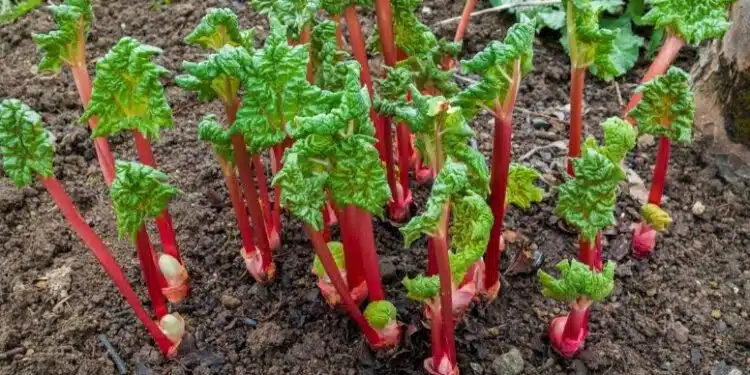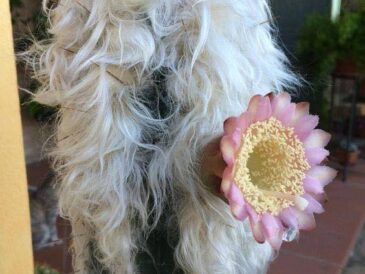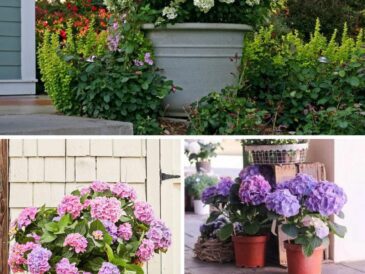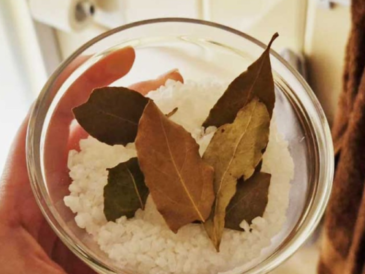Watercress
Compared to the rest of the vegetables and fruits in the list, watercress needs completely different situations to grow. The best environment for it to grow in a bog.
However, do not be discouraged because creating a bog is not that difficult, especially if you have access to a creek or stream. However, if you don’t, you can make one yourself. You can make it in the ground with a pond liner for retaining the water.
Additionally, you can make it from a two-feet deep tub. You will need to combine gardening soil, sand, and compost in equal parts. Add slow-release fertilizer and fill the container with water.
Make sure you don’t add to much water, however. You’ll need enough water to make the soil soak without any water standing on top. After, you’ll be able to spread the watercress seeds so they will start growing.
Blueberries
Compared to the rest of the list plants, blueberries are pretty different. For one, they’re not a vegetable. Secondly, unlike the others, blueberries grow on a mush.
The best time to plant blueberries is in the early days of spring. You can also plant blueberries in containers such as a bucket. However, if you decide to plant them on the ground, make sure they’re set 5 feet apart.
They require being placed in a spot where the sun will shine on them continuously for them to grow.
Rhubarb
Planting rhubarb will give you the perfect ingredient for pies, jams and preserves. And it grows quickly!
If you plant a couple of roots that are a few years old, you’ll be able to harvest in the spring. It’s an attractive plant with large, luscious leaves.
Once it starts growing, you’ll have all you’ll ever need! Rhubarb is one of the first plants to provide food in the spring time. You can use rhubarb for baking, making sauce and canning.
Horseradish
Horseradish makes a great condiment for many meals. The plant is long with tan-colored roots and tough leaves. It’s super easy to grow, but it can become invasive in a garden.
Plant it in an isolated area or in a container instead. The more you weed and water the plant, the thicker the roots will be and the easier it will be to make your own horseradish sauce.
Chives
If you don’t have a garden, don’t worry. Chives can be planted in small pots in a sunny windowsill! The harvested leaves can be snipped into small pieces and added to soft cheeses, soups, salads and other foods.
They’re delicious on freshly baked potatoes. Chive leaves dehydrate quickly and easily while retaining their flavor and color. They can be rehydrated later on for use.




